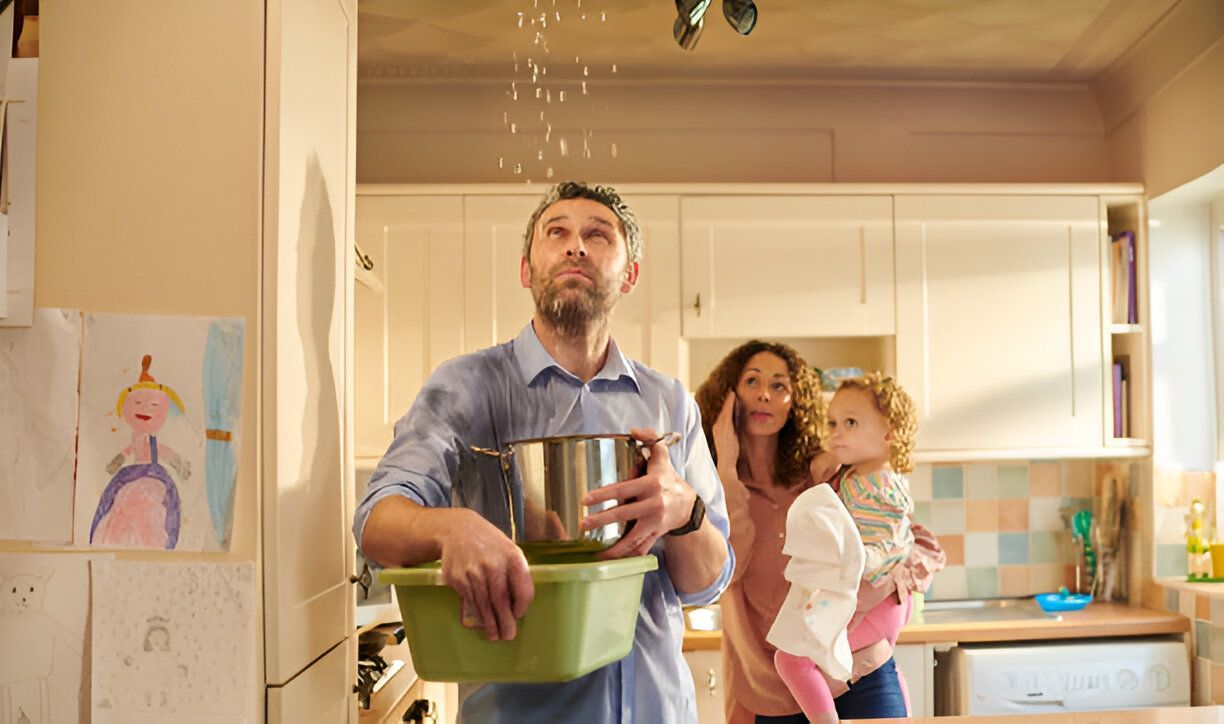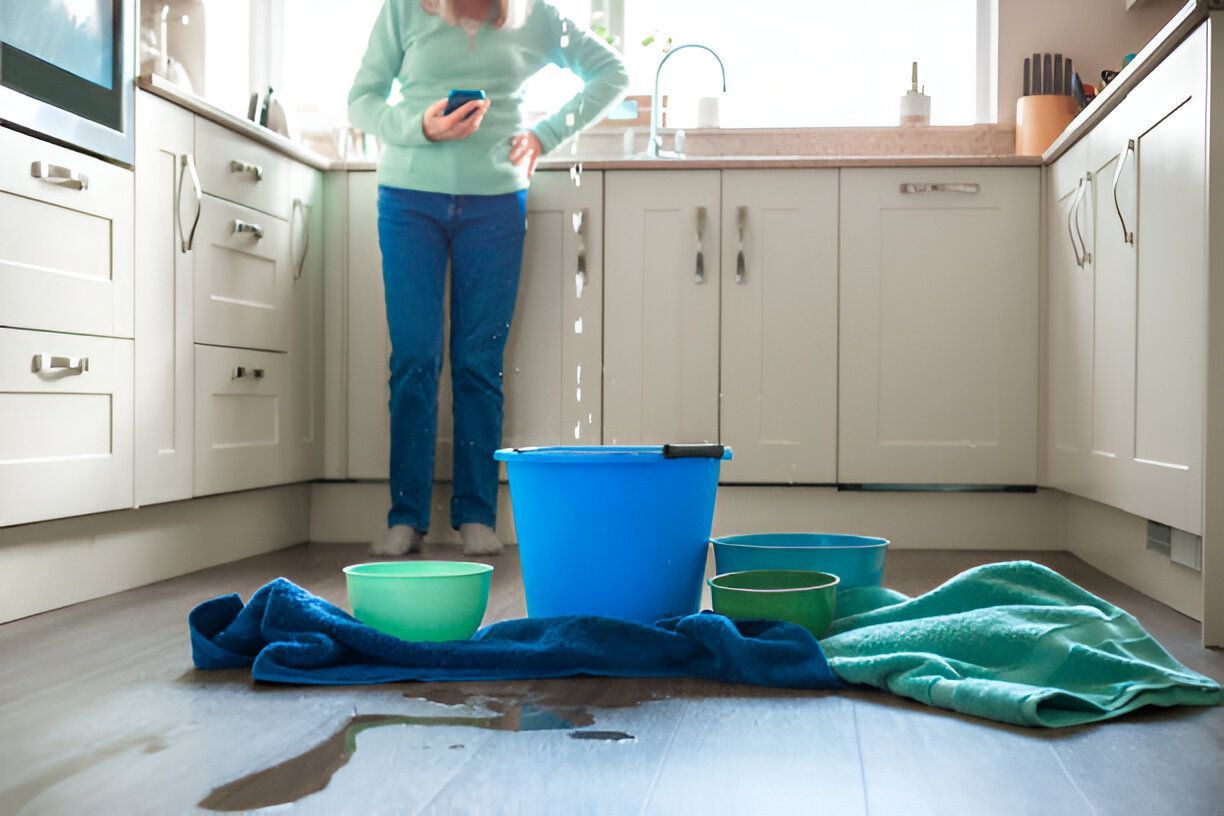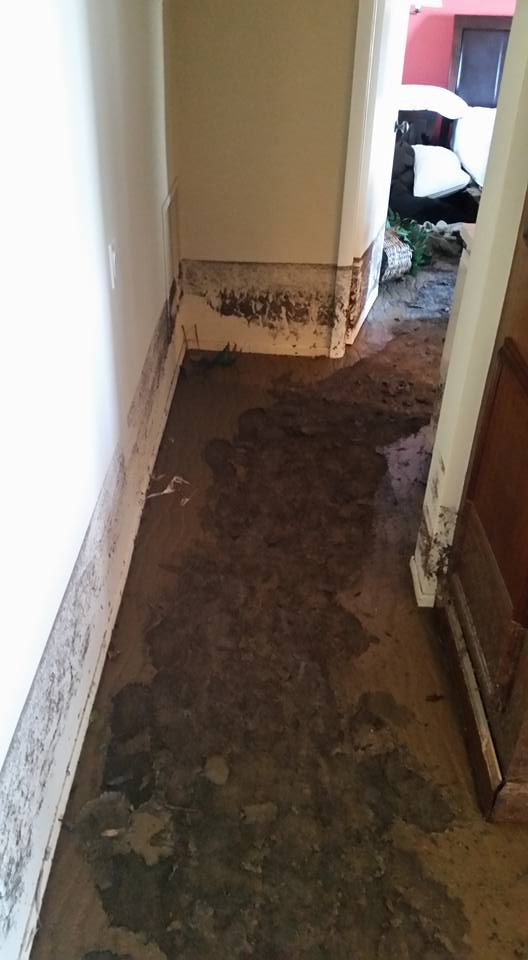A Step-by-Step Complete Guide to Professional Flooring Installation
Did you know the quality of flooring installation can affect not just the aesthetics of your home but also its long-term value and comfort? A professionally installed floor can last decades. Poorly installed floor coverings may show gaps, unevenness, or wear and tear after only a few years at best.
Whether it is time to update after a large water event, achieve a certain aesthetic, or replace your old, worn-out floor coverings, with the proper preparation and care, your floor covering will look good while being functional, safe, and comfortable to live on.
In San Diego, where homes are subjected to varying humid coastal and sunny dry conditions, the choice of flooring materials and installation procedure can also be crucial.
In this blog, we will explain everything you can expect from a professional
flooring installation company in San Diego.
Step 1: Determine Your Flooring Requirements
The first part of any professionally installed floor will be to establish which (if any) floor(s) will be the right type of floor for your space/area. Additionally, you will also determine several other criteria: Do you expect high foot traffic? Will there be periodic moisture present? What sort of aesthetic are you wanting to achieve? Professionals will ask questions along the lines of:
- Does the space have spills and/or humid exposure?
- Will you need to accommodate heavy furniture or large pets?
- Are you looking for low maintenance or comfort over aesthetics?
At this stage of the process, a representative from a respected Flooring Company in San Diego will survey the area, assess the state of your subfloor, and examine if there is any water or structural damage on your subfloor that needs attention before proceeding with new flooring installation.
Step 2: Types of Flooring
Once you have figured out your needs, the next step is to decide what type of flooring is most suitable. Some types are:
- Hardwood: beautiful, durable, and timeless (if cared for).
- Laminate: inexpensive, versatile, and scratch-resistant.
- Vinyl: moisture-resistant and available in a wide variety of styles.
- Tile: perfect for bathrooms and kitchens due to its durability and water resistance.
- Carpet: soft, warm, and best for bedrooms or living areas.
Should you choose Tile Replacement in San Diego or anticipate something more specific about upgrades, your flooring contractor will help you identify materials to match your décor, climate needs, durability, and function to custom-fit your project.
Step 3: Preparing the Space
Preparation is key to a successful installation. Before the installer can begin working in the area, you will need to clear it of any furniture or appliances. If you are replacing flooring, your flooring contractor may have to remove the existing flooring, especially if it is damaged, e.g., cracked tiles, worn carpet, warped hardwood.
With your Carpet Replacement San Diego project, your installer will ensure the old carpet tack strips and staples are removed properly so the new carpet lies flat. If you are having tile or hardwood installed, the existing flooring may require scraping, sanding, or leveling for a smooth, flat surface.
Step 4: Repairing & Leveling Your Subfloor
Your subfloor is the base for your new flooring, so its condition is very important. Any damage from moisture, mold, or rot will need to be assessed, and any unevenness rectified before the installation begins.
With wood subfloors, it may involve replacing damaged boards or reinforcing weak spots. With concrete subfloors, it may mean applying a leveling compound, moisture barrier, or other corrective methods to ensure the floor stays flat and stable. Not repairing and leveling a subfloor can result in creaks, cracks, or excessive wear after a project is complete.
Step 5: Acclimating the Flooring Material
Some flooring types require the material to acclimate to your home’s indoor climate before installation, particularly hardwood and laminate flooring. This will help minimize circumstances where the boards either warp or develop large gaps after the job is completed. Flooring products should be allowed to adjust to the temperature and humidity levels in your home for a minimum of 48 hours before installation.
This is especially relevant for residents in San Diego, given the potential for seasonal changes in humidity to affect the stability of installations.
Step 6: Going Through the Installation Process
The range of installation methods will vary depending on the type of flooring:
- Hardwood – Boards are carefully nailed or glued into place.
- Laminate and Vinyl – The majority of laminate and vinyl flooring is a floating floor with a click-lock system requiring no nails or glue.
- Tile – The installers will use thin-set mortar, lay the tiles flat, and use spacers to ensure consistent grout lines.
- Carpet – Carpet is stretched on tack strips around the edges of the room and trimmed where necessary.
During installation, the flooring company in San Diego will assess transitions, patterns, grains, and whether the floor feels smooth and consistent.
Step 7: Touch-Ups and Finalization
Once the flooring installation and adjustments are complete, the touch-ups will follow:
- Baseboards or shoe molding to cover expansion gaps and movement along the walls.
- Grout and sealing for the tile floor.
- Checking for daylight gaps, uneven edges, or short spots.
Professional installers will also clean the room area and remove all dust, adhesive materials, and debris so the room is clean and ready to use. Everything will be move-in ready!
Step 8: Maintenance Tips and Post-Installation Care
All of our customers receive care instructions that could include the following tips:
- Do not walk on the flooring for twenty-four hours due to the expected high moisture content present at the time of installation.
- Always place floor protectors under furniture legs.
- Only clean your flooring with manufacturer-approved cleaning products.
- Do not put excessive moisture on hardwood or laminate floors.
Take care of your floor, and it will last longer and continue to look pristine for many years!
Conclusion
Professional flooring installation is much more than getting a floor installed; it is about designing and developing a beautiful space for the whole family to enjoy for years to come while adding value.
If you are replacing existing flooring with hardwood, vinyl, carpet, tile, or any other type of flooring in San Diego, it is important to find a group of professional installers who can use their skills and design awareness to maximize your flooring investments and all the benefits of flooring.
If you are looking for Tile Work or Carpet Replacement in San Diego or any other flooring providers, choose a provider that delivers quality technical work with service awareness.
ABOUT VISTA FLOOD RESTORATION
Vista Flood Restoration is San Diego's trusted partner to restore and improve our lived-in spaces for the families we care about. We have many years of water damage restoration experience, from flooring to renovations. Our certified, experienced experts put detail and care into every project and work diligently and professionally, providing the very best service possible.
Vista Flood Restoration is a licensed contractor. We perform emergency restoration services for our customers and also provide home improvements, including carpet replacement San Diego, tile work, and more. The professionals at Vista Flood Restoration combine skill with quality assurance before, during, and after every project to create home environments that are beautiful, functional, and safe.
We are available for emergencies 24 hours a day, seven days a week, as we strive to provide high-quality results every day, every week, every month, based on the needs of our clients.
Contact us today for a flooring service.






Share On: